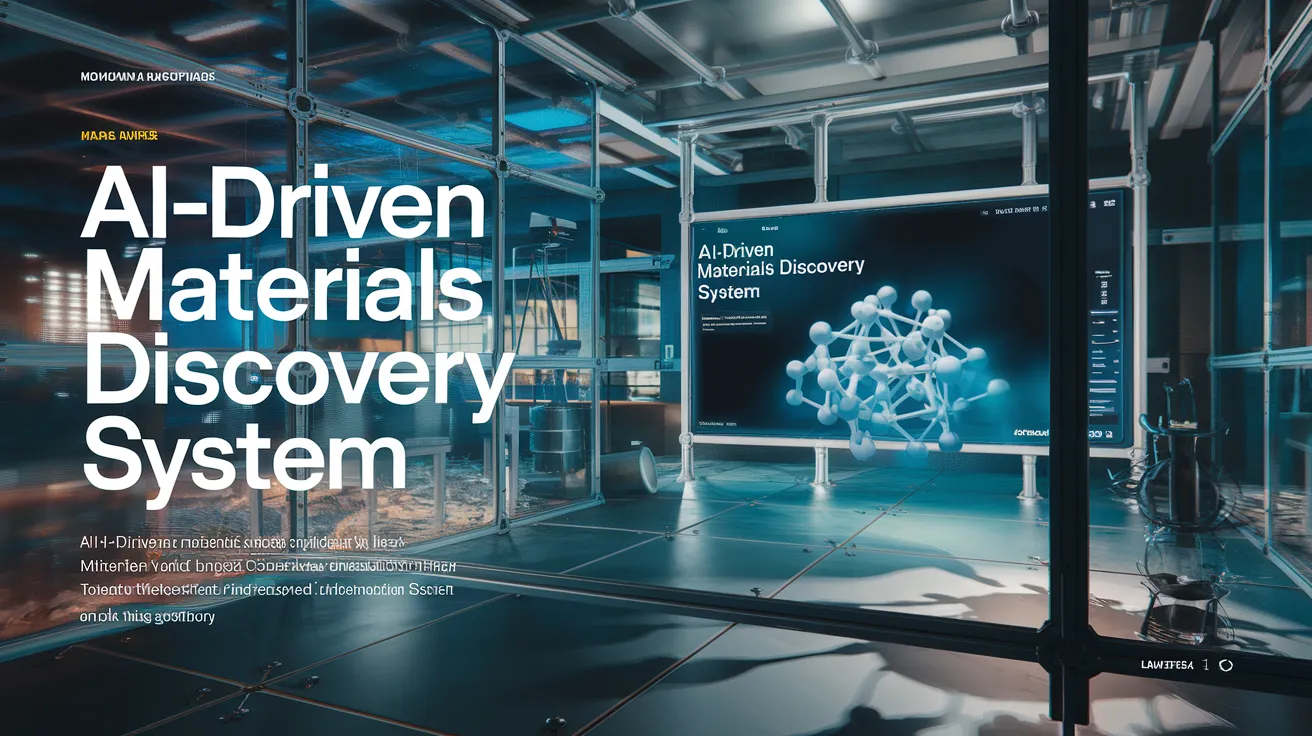AI-Driven Materials Discovery System

MIT researchers are pushing the boundaries of materials discovery with their innovative platform known as the Copilot for Real-world Experimental Scientists (CRESt). Unlike traditional machine-learning models that often analyze limited data types, CRESt integrates a broad spectrum of information from literature, chemical compositions, and microstructural images, enabling it to predict outcomes and suggest experimental paths effectively.
The CRESt platform also employs advanced robotic systems to perform high-throughput materials testing. This approach not only streamlines the experimentation process but also ensures that results are continuously fed back into the multimodal models, enhancing the optimization of materials recipes further. The interdisciplinary nature of this system reflects a more collaborative dynamic akin to human scientific inquiry, which incorporates insights from colleagues, peer reviews, and broader contextual knowledge.
Human researchers can interact with CRESt using natural language, eliminating the need for coding skills. This user-friendly interface allows the system to autonomously generate observations and hypotheses, thus acting not just as a tool, but as an active participant in scientific exploration. Equipped with cameras and visual language models, CRESt can monitor experiments, identify potential issues, and make real-time corrections to the experimental process.
According to Ju Li, a professor at the School of Engineering, the core of utilizing AI in scientific research lies in the design of innovative experiments. The integration of multimodal feedback—encompassing previous literature findings and human intellect—complements the raw experimental data, thereby facilitating the formulation of new experimental designs. The use of robotics to synthesize and analyze material structures further amplifies the platform’s capabilities.
One of CRESt’s notable accomplishments was the exploration of more than 900 different chemistries and conducting 3,500 electrochemical tests, which culminated in the identification of a catalyst material demonstrating unparalleled power density in fuel cells. This breakthrough could significantly advance the efficiency of energy production based on formate salt.
The study detailing these advancements was published in the prestigious journal Nature, showcasing the collaborative efforts of several MIT researchers including PhD students Zhen Zhang, Zhichu Ren, Chia-Wei Hsu, and postdoc Weibin Chen, alongside their esteemed coauthors from various disciplines.